s your tasting room staff missing more than half of their opportunities to make a sale?
From over 1,500 mystery shops conducted by the WISE Academy over the last five years, we have seen some major progress in the wine industry Direct-to-Consumer guest experience – which is often a winery’s fastest growing channel with the highest profit margin.
Five years ago, when we first started tracking mystery shopping results, only 20% of the time did Tasting Room staff ask for the order, make an attempt to sell wine. Today on average 50% of our tasting room staff members ask their guests if they’d like to take some wine home with them. This industry progress in asking for the order has driven strong, profitable sales growth in most winery tasting rooms.
Our industry progress, when it comes to pitching the wine club has also improved, but not as much as it could. Contrary to the popular belief that wine clubs are pushed hard in every tasting room, the actual attempts at wine club sales are much lower. Four years ago, only 15% of tasting room staff brought up the wine club. Today it has improved to about 35%, but is still falling behind asking for a wine order at 50%. Since the wine club is a winery’s best steady, high-margin, profitable income, not even asking 65% of the people coming in through our winery doors is, well, crazy.
And, just mentioning the laundry list of features on how the wine club works isn’t enough. A better, more natural way to sell the wine club is to weave in the benefits of the wine club throughout the tasting. People who are uncomfortable with sales tend to err on the side of information dumping when they get in front of a potential buyer. They will go on and on about what it is and how it works. Using both features and their related benefits to explain and sell the club is much more effective: A feature is what something is. It’s a factual statement about a product or service. A benefit is what something does and answers the question: “What’s in it for the customer?” For example, selling someone a chardonnay by telling them it has malo-lactic fermentation (which is a feature) without explaining the benefit of ML – which is that it gives the chardonnay a creamy, buttery mouth-feel – helps the customer see “what’s in this for me?”
Features alone don’t usually close the sale. We need benefits, which appeal to the customer’s emotions, to make the sale, whether it’s for the wine club or wine sales. “Planting the seeds” of the benefits throughout the guests’ experience is a strong way to talk about the wine or wine club, but not in a hard, pressured way. It allows us to offer up some benefits without being pushy. Sometimes when people offer objections, it’s often a way of asking for more information about the benefits of the wine, club or mailing list. Provide options, explain the benefits, and know to when it’s time to drop it.
Remember, that while we personally may feel inundated with wine club competitors, our wine country guests are not. They have sought us ought. If they have had a good time, they will want to know how to have a relationship with our winery, they will appreciate the offer to stay in touch. And we want them to, too. So how often are your tasting room team members actually, really bringing up your wine club benefits at all, let alone effectively?




